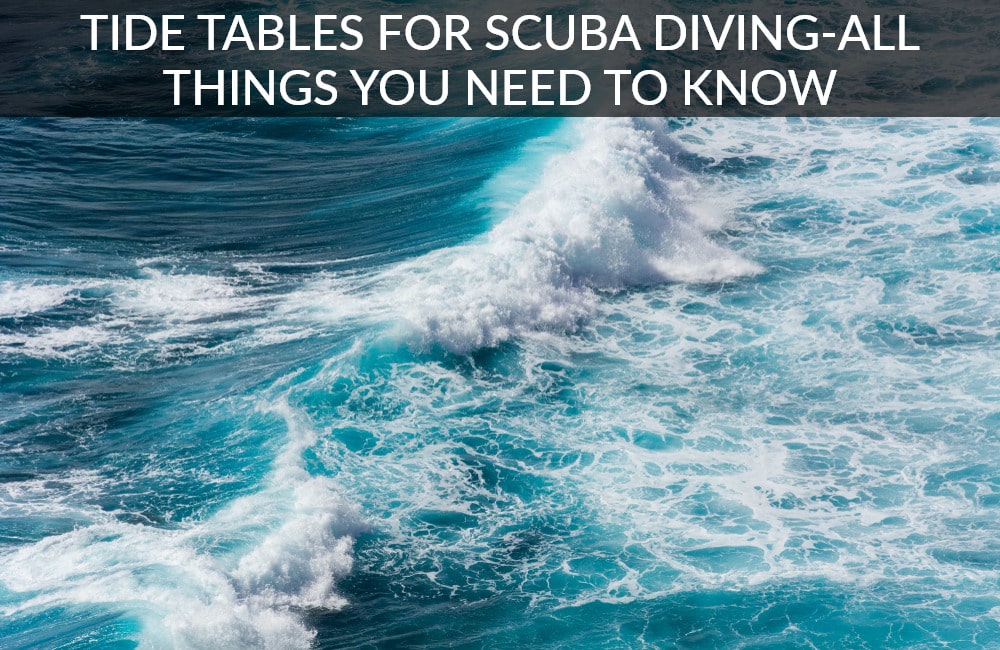Are you interested in scuba diving? Do you know if your location has tidal movements that might affect when and where you dive? Tide tables provide essential information for all types of water activities, including scuba diving.
In this blog post, we’ll explain what tide tables are and how they can help keep divers safe while exploring the underwater world. We’ll cover why it is important to use tide tables, what they tell us about areas with tidal movement, and how to interpret them accurately. Read on to learn more about how tides influence scuba diving adventures!
What Are Tides?
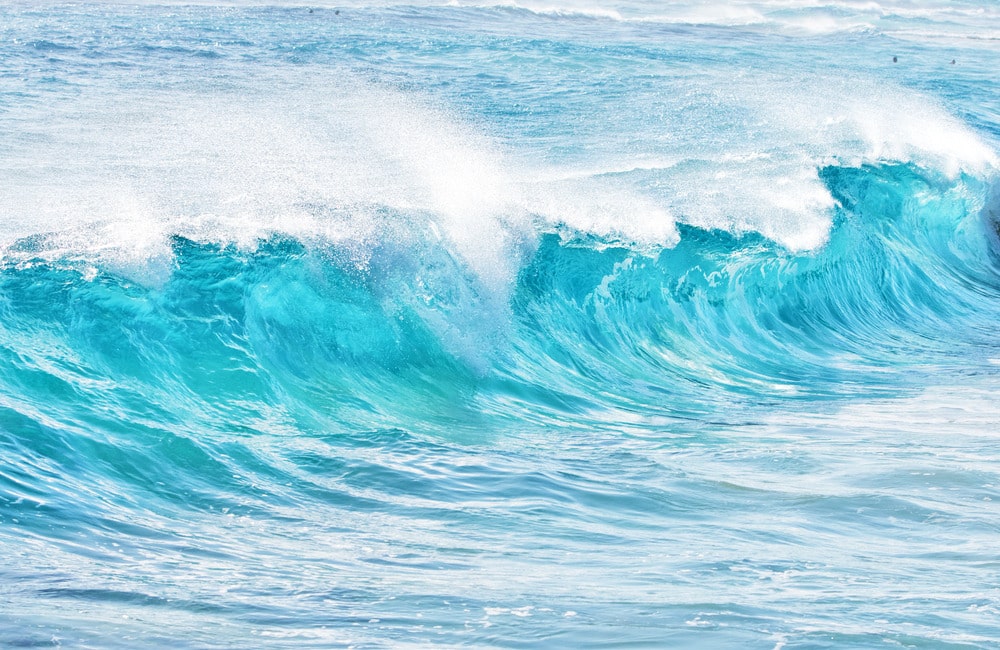
Tides are a fascinating atmospheric phenomenon that involves the simultaneous rising and falling of sea levels. These shifts are primarily caused by the gravitational pull of the moon and sun on the oceans as they spin around the Earth. Tides occur twice a day, but their intensity differs based on location and proximity to specific moon phases.
The highest tides, termed “spring tides,” are so named because they usually occur during spring when the sun and moon line up with each other in direct alignment. Conversely, there are “neap tides,” which happen when the sun and moon position themselves at right angles to one another; these generally result in lower-than-average high tides.
Tides play an integral role in our oceans’ natural processes, like how long beaches remain submerged underwater or visible depending on their tide time cycle.
What Impact Do Tides Have on Scuba Diving?
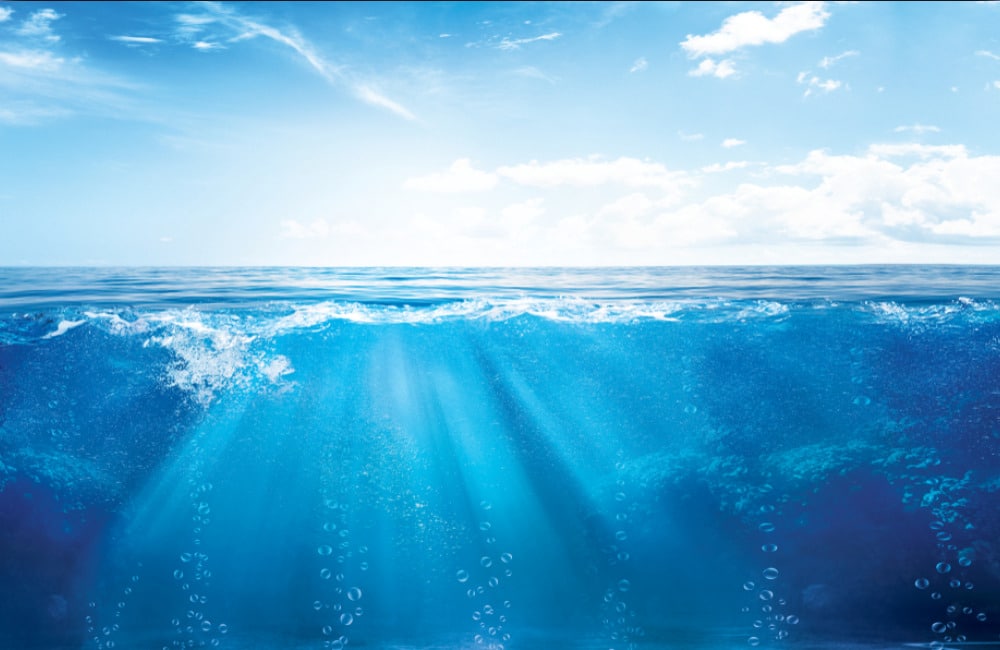
Tides are natural ocean phenomena that greatly impact conditions when scuba diving. Tides can cause dramatic changes in visibility, causing divers to be submerged in murky waters or alternatively gifted with crystal-clear views of the underwater world.
Additionally, strong tide movements can create dangerous currents, leading to hazardous diving locations and bringing with them the need for more advanced training and planning ahead of time.
Whilst tides offer certain challenges for divers, they also come with great rewards as these constantly changing conditions result in an ever-assorted landscape. For those who master their preparation for this ever-shifting environment – what lies beneath the seabed promises to be a rewarding adventure!
What Tide is Best for Diving?
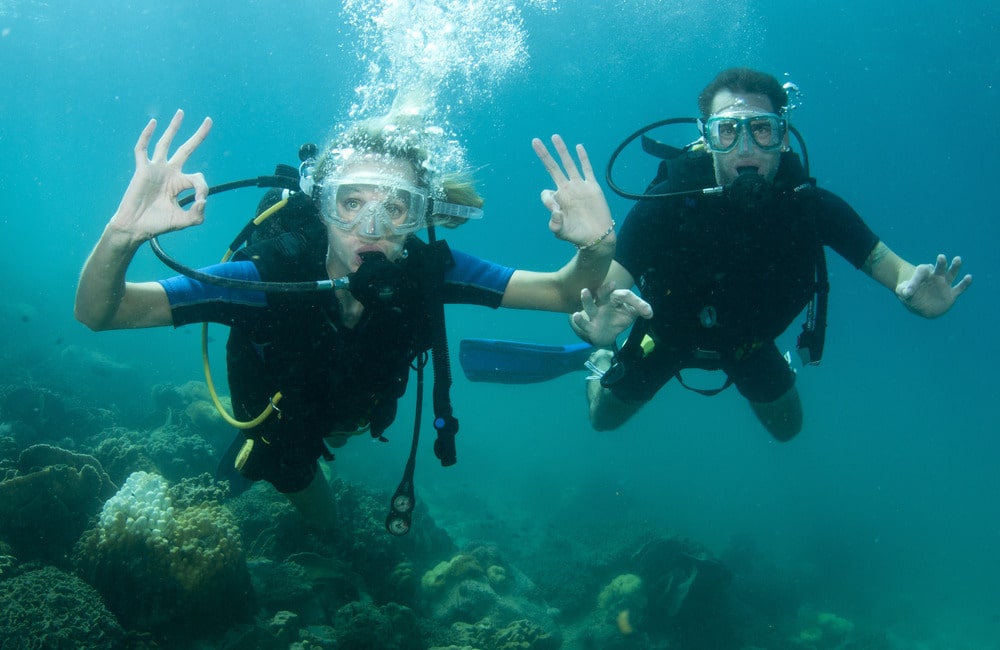
Choosing the right time to dive depends on a variety of factors, including the type of dive and its location. Tide is particularly important because it impacts visibility and marine life behavior. In general, diving at slack or low tide is best in order to get the clearest possible views of a new underwater environment.
Low tide also offers optimal safety for divers by providing more areas for exploration, reducing the risk of getting stranded in an area with strong current pull or rip tides. Divers should select the latest possible low tide since it will allow them to access hidden areas that would otherwise be out of reach.
Additionally, low tides occur during calmer periods and provide more time for divers to take in their surroundings before needing to return to shore.
Why Is It Best to Dive at Slack High Tide?
Diving at slack high tide is ideal for experienced and inexperienced divers alike. It offers the opportunity to explore within a dependable current, avoiding any unexpected surges that could deplete an air supply too quickly or endanger nearby wildlife.
Because of this, a wide range of sea life is accessible and easier to observe not only within its natural habitat but more closely as well. Creatures behave differently with the steady stream of water surrounding them, becoming less shy and offering a longer look into their world.
Moreover, visibility is generally higher during slack high tide as sand and sediment are not stirred as easily. Combined with the comfort of shore dives, this type of dive makes it possible to explore immense depths without worry or distractions. With proper knowledge and preparation, it promises to be a thrilling yet safe experience.
What Are Tide Tables?
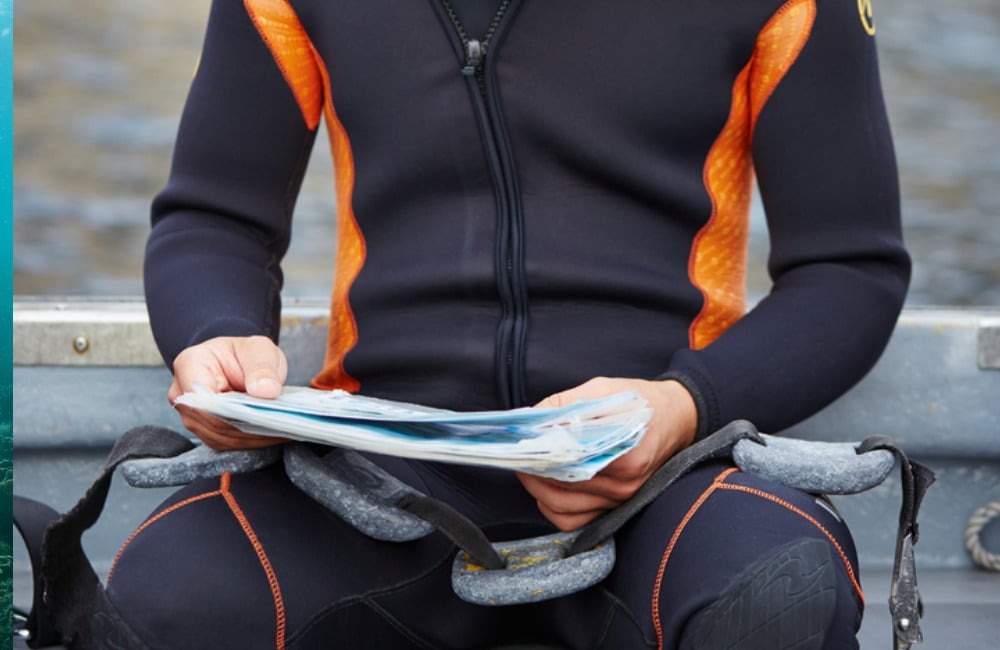
Tide tables are a set of documents that provide vital information about the tides in coastal areas. This data is critical for recreational activities such as fishing, boating, and swimming, as it helps individuals and groups plan their activities according to incoming or outgoing tides.
Tide tables also provide information about other tidal phenomena like lunar cycles and global sea levels, which help environmental researchers better understand how ocean patterns are affected by these larger processes.
By studying tide tables, individuals can make educated decisions about when to launch a boat, swim in an area with strong currents, or engage in any other activity that requires understanding the nuances of tide movements and their relationship with the environment.
Commonly Used Terms in Tide Tables
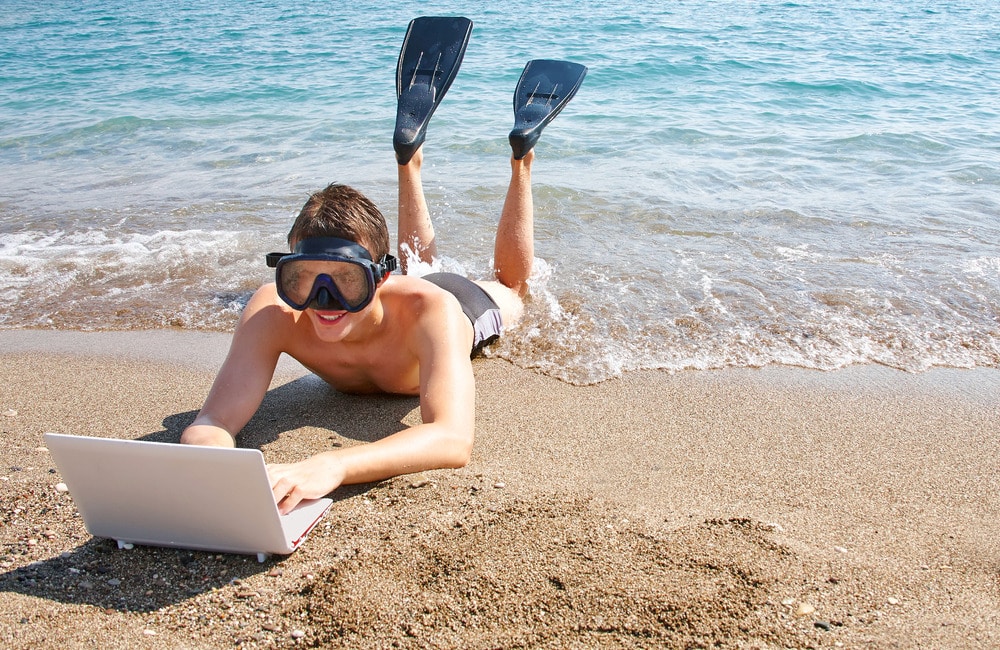
Tide tables are an invaluable resource for many seafaring and coastal activities, but to make the most of them, it is important to be aware of some commonly used terms.
These typically include words such as height, which indicates the vertical distance between a tide level and the preceding or following one; low water, the point at which the incoming tide reaches its minimum height; high water, when the outgoing tide reaches its maximum height; slack water, when there is no difference between high and low tides; time zone references including UTC, the primary time standard in use around most of the world; ebb tide or outgoing tide, referring to a period after high water where the sea level decreases; and flood tide or incoming tide, when seawater rises. Knowing these definitions will enable anyone using a tide table to get a better understanding of how tides work.
How Do You Read a Tide Table?
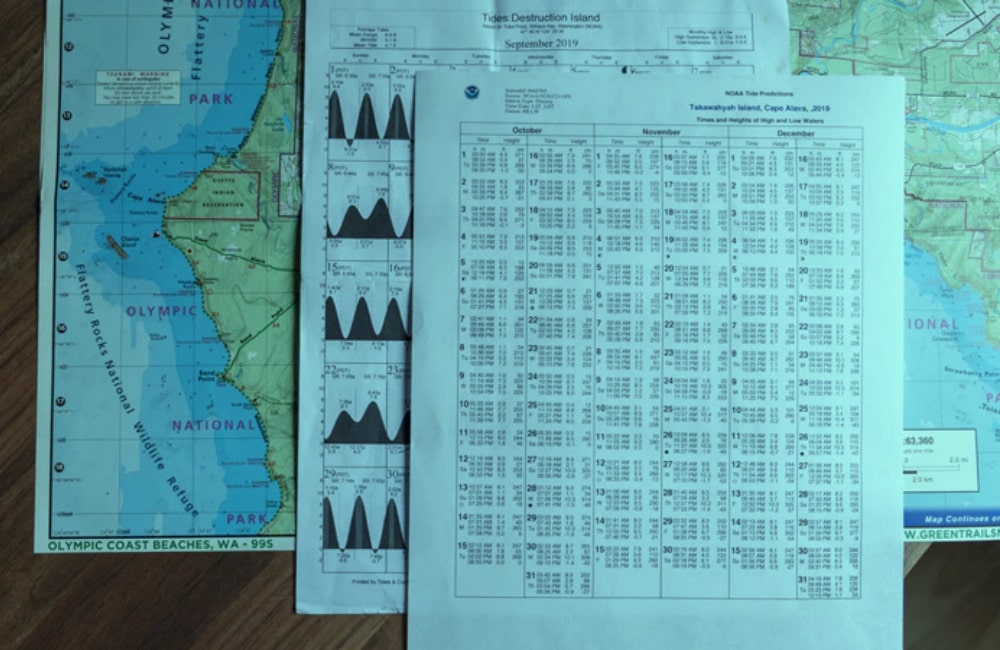
Following are the ways to read a tide table with efficiency and without any ambiguity:
Figure Out the Water Depth
Reading a tide table can be an intimidating task, but the process is fairly straightforward. To get started, grab a tide table from your local marina, surf shop, or nautical supply store. Examine the water depth section – this gives you an indication of how much the shoreline will change as tides rise and fall.
Knowing the average one-foot drop per hour via the table, however approximate it may be, can provide valuable information for recreational activities such as swimming, surfing, boating, and fishing. With that knowledge, you’ll be able to better plan your next trip on or near the shore!
Find the Relevant Information on High Tides
It is important to locate the time, date, and height of high and low tides. The tide table should also contain information on when the sun rises and sets, as well as the moon phase. To find the relevant information on a high tide, check that the height in feet is written out next to each specific day and time it occurs.
This will ensure that you are able to plan your activities around when high tides take place, so you can make sure to be at least two hours away from shore during low tide times.
Find the Relevant Information on Low Tide
For those looking for the lowest point of the tides, the key elements to look for on the table are the time, height, and type of tide. Different locations will have different heights assigned to each low tide – some areas may see much lower tides than others.
Additionally, make sure to pay attention to whether sun/moon symbols appear next to that day’s low tide – if they do, these indicate spring or neap tides which will be even lower than normal. Finally, be aware that this information can change over time due to weather conditions, so always be sure to double-check any tide tables before heading out on your excursion.
Using the Rule of Twelves to Read a Tide Table

The Rule of Twelves guides readers in predicting high and low tides throughout the day. Simply put, high tides occur every twelve hours, around two times a day; low tides follow twelve hours later.
The rule also assigns a number to each tide level that helps novice readers interpret tidal data. For example, “12” marks the highest peak of a tide and descends accordingly, as “1” represents the lowest depth or valley of the tide’s cycle. With this information, experienced navigators and newcomers alike can plan their adventures much more easily than ever before!
Dive Safely
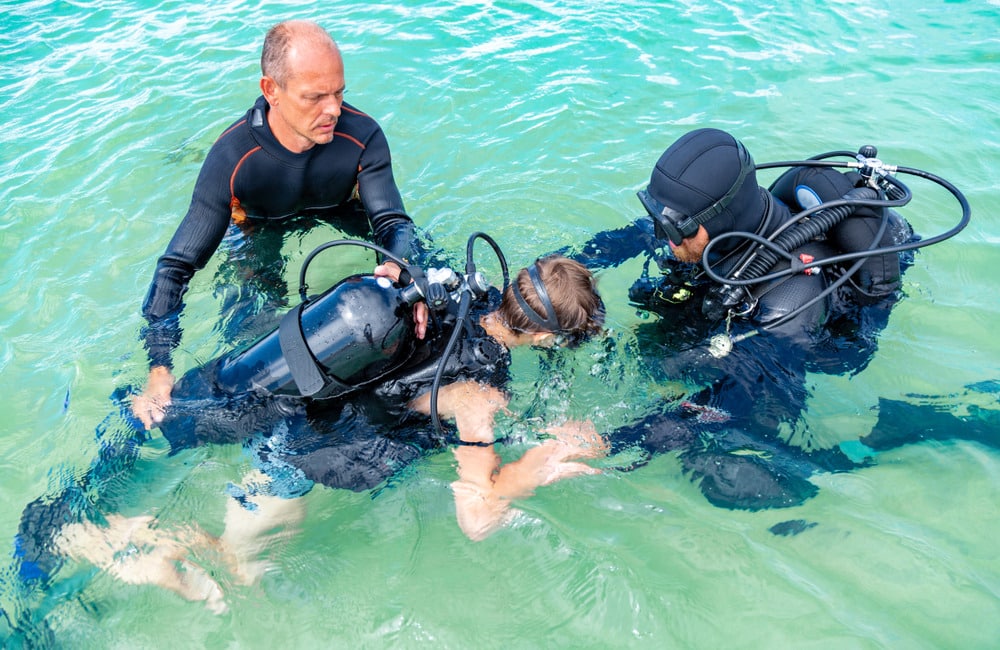
Knowing how to read a tide table can help you when venturing into the deep blue sea. It is important to plan your dives carefully and work within the parameters outlined in your local tide table; that way, you can maximize your dive experience while staying within safe limits. With the help of a tide table, you can make sure that any current changes are not too great for the level of experience of your divers, and if needed, you can adjust dive plans accordingly.
Furthermore, by planning ahead with the aid of a tide table, it will be possible to check for adequate surface time between dives and acknowledge tidal height changes so that divers ensure they don’t get caught by an incoming or outgoing current. As a result, divers are able to remain safe and minimize hazards during each dive.
